Quadruped Robot
Hazard Rescue Solution
Hazard Rescue Solution
Deploy an autonomous quadruped robot built for emergency response and search‑and‑rescue in unstable, confined, or toxic environments—enabling rapid victim detection, remote aid delivery, and real‑time situational awareness to safeguard first responders and accelerate disaster relief.
DEEP Robotics powers missions for companies worldwide.
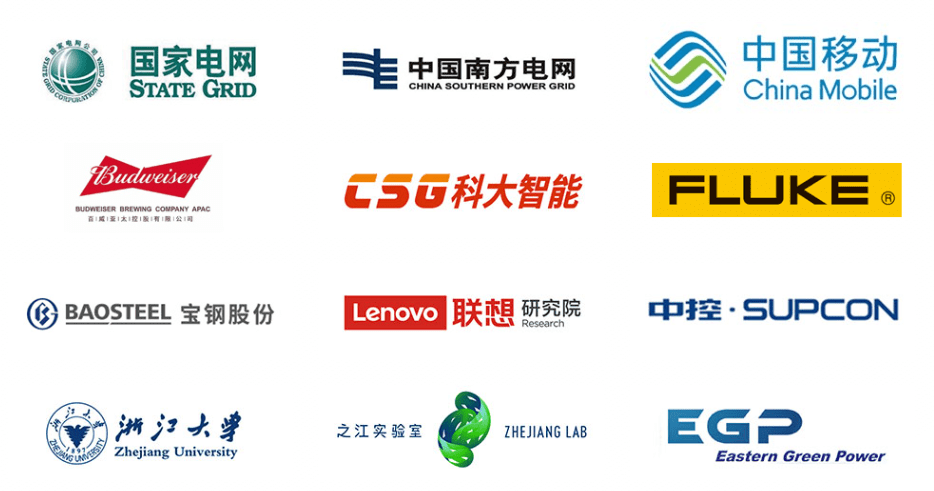
Smart Rescue Workflow
Replace rescue personnel to enter high-risk environments for search and rescue work.
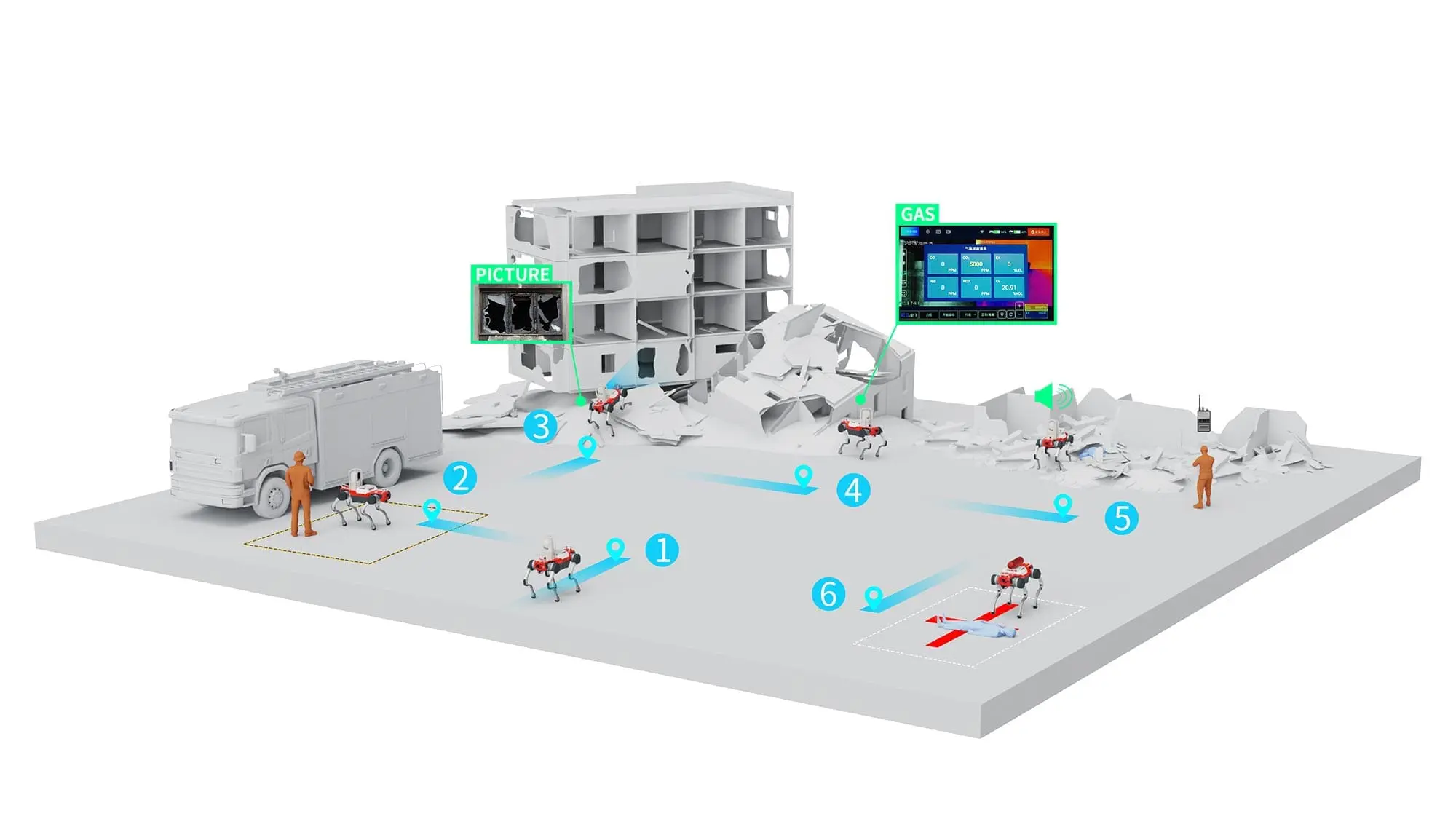
01
The rescuer receives commands and takes the robot to the post-disaster area.
02
The rescuer controls the robot from a far distance in a safe operation zone/Command center.
03
The operator instructs the robot, which then enters the post-disaster area, captures images, and transmits them back to the digital detection system.
04
The robot identifies hazardous gases using sensors and collects temperature data through thermal imaging. It ventures into hazardous areas on behalf of rescuers and devises the safest evacuation route.
05
The robot can gather sounds from trapped individuals using the Pickup and establish communication with them.
05
The robot transports essential rescue supplies such as oxygen cylinders to trapped individuals and rescuers. It aids in a complete evacuation by providing valuable information.
All-Weather, All-Terrain Autonomous Inspection
Our IP66-rated quadruped inspection robot enables truly 24/7 autonomous inspections, even under heavy rain, snow, hail, or wind. Engineered for challenging environments, it effortlessly tackles obstacles, climbs stairs, and negotiates rugged terrain to deliver reliable coverage across substations, pipelines, tunnels, and industrial facilities.
With this level of resilience and mobility, the robot operates continuously in unstructured sites, bridges the gap where wheeled or tracked robots struggle, and ensures uninterrupted access for critical infrastructure inspections and asset condition monitoring.
Intelligent Modular Search & Task System
Our intelligent search system provides flexible, modular payload architecture—enabling customization and rapid deployment across diverse industrial inspection tasks. Whether outfitted with LiDAR, thermal cameras, acoustic sensors, robotic arms, or gas analyzers, the system intelligently routes and executes inspection missions across pipelines, tunnels, substations, chemical plants, and more.
This smart architecture supports adaptive mission planning and dynamic route optimization, making it ideal for use cases spanning energy, oil & gas, utilities, mining, and infrastructure. With high modularity, your investment scales: add or upgrade payload modules as inspection demands evolve, without replacing the entire platform.
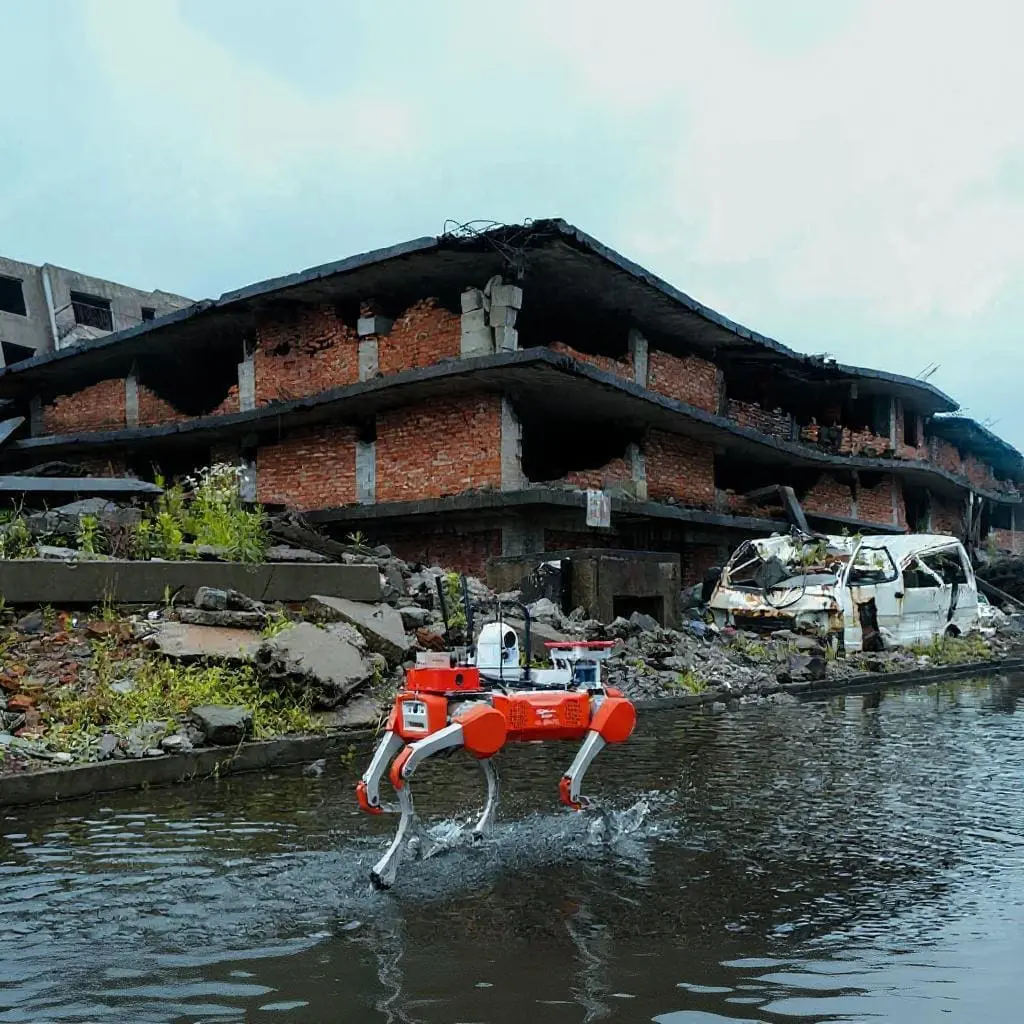
X30 Intelligent Search Add-ons
Supports diverse module assembly for numerous applications in various industries.
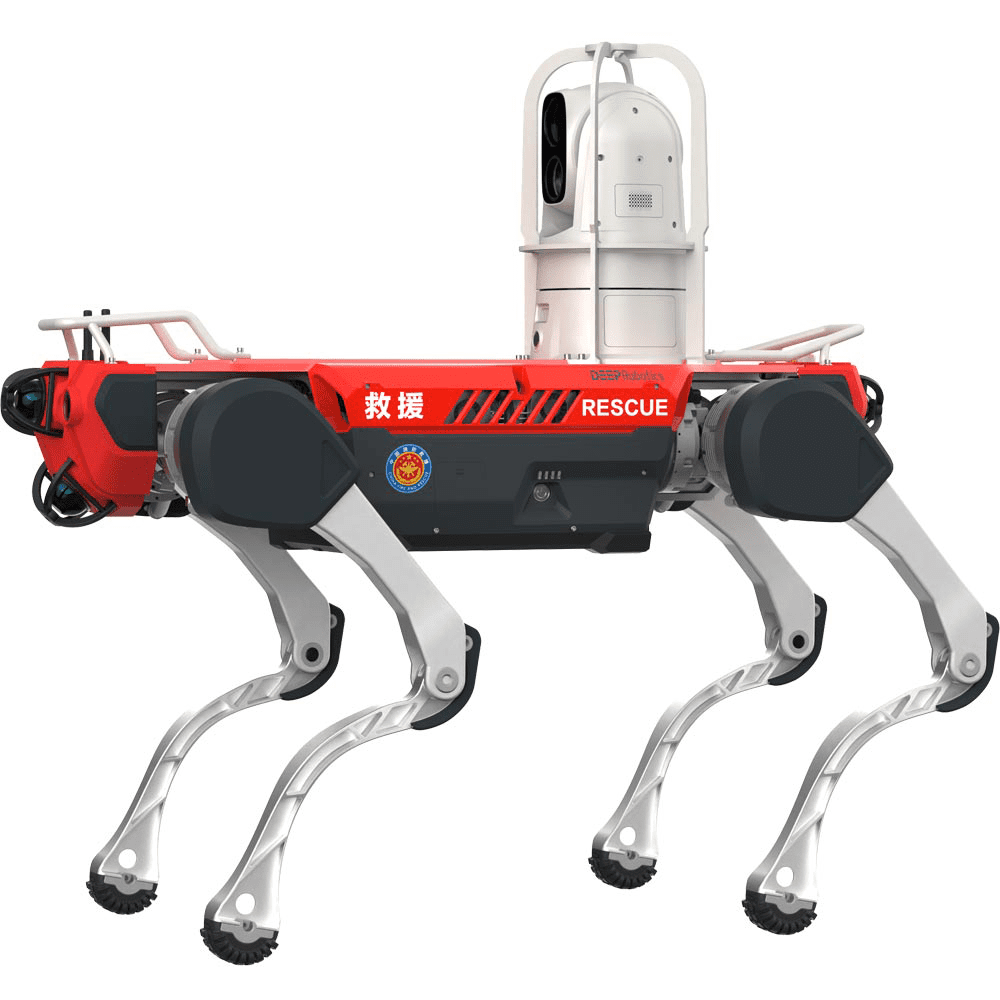
Bi-spectrum Camera
Equipped with infrared, visible light image transmission, intelligent recognition, defect alarm analysis and other functions, it supports automatic focusing and SDK secondary development.
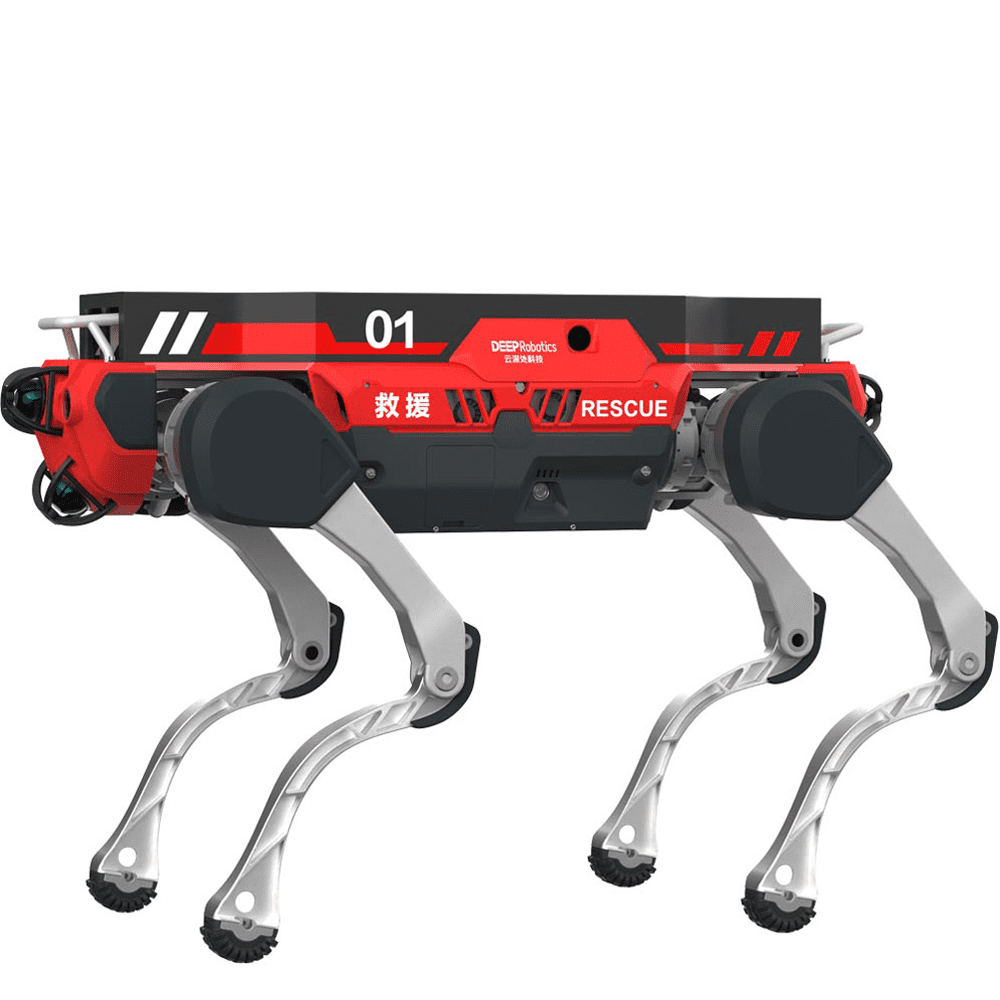
Gas sensor
Automatically recognizes and detects harmful combustible gases such as carbon monoxide, carbon dioxide, oxygen, combustible gas, nitrogen oxides, hydrogen sulfide, etc., and provides real-time concentration alarms.
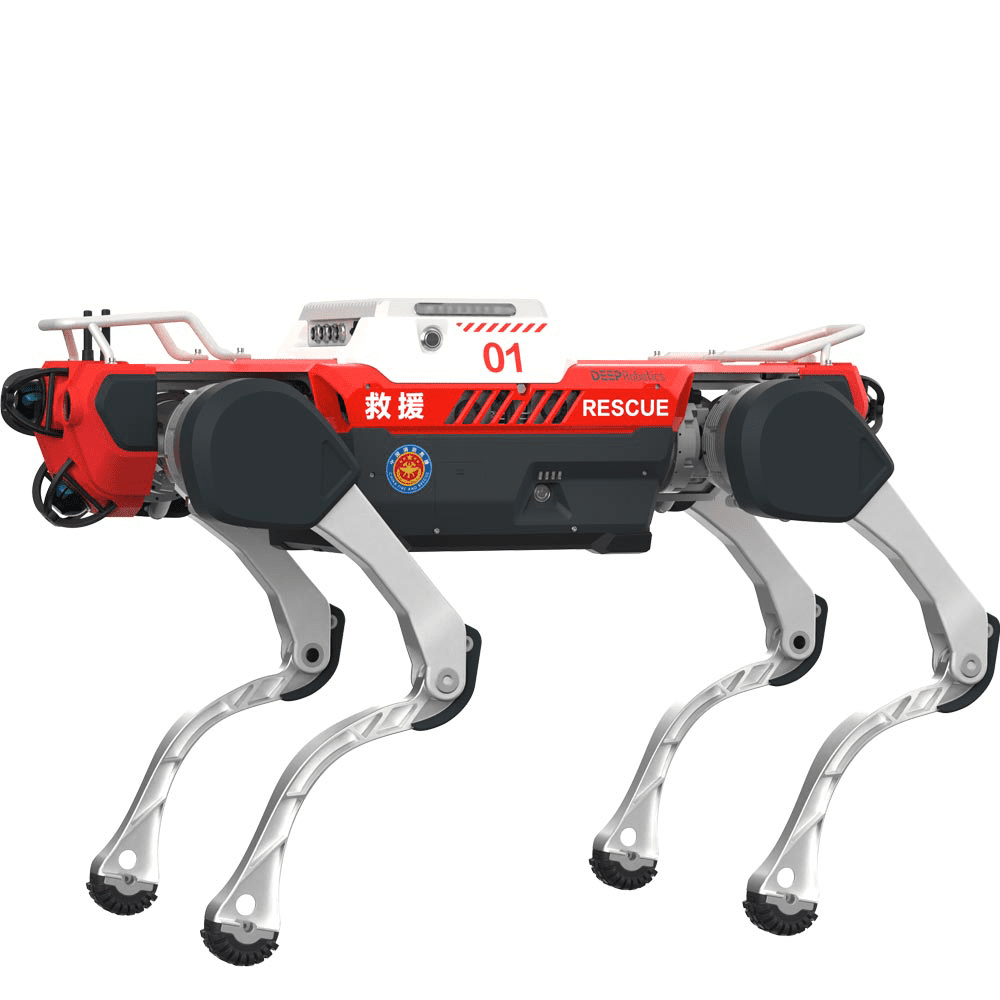
Smart Controller
The navigation host motherboard simultaneously handles business-related program processing, primarily providing functions such as map construction and location navigation.
FAQs – Emergency & Fire Rescue Robots
DEEP Robotics emergency rescue robots are autonomous quadruped robots designed to assist in disaster relief, firefighting, and search-and-rescue missions. Models such as the X30 and Lynx M20 can enter unstable, confined, or toxic environments to locate victims, detect hazards, and deliver real-time data to first responders.
DEEP Robotics quadruped robots perform tasks including:
-
Entering collapsed or hazardous structures after disasters
-
Locating trapped victims with cameras, thermal imaging, and acoustic sensors
-
Detecting hazardous gases such as CO, CO₂, or H₂S
-
Delivering rescue supplies like oxygen tanks or medical kits
-
Providing real-time video and sensor data to command centers
-
Guiding safe evacuation routes using mapping and navigation systems
-
Improved safety: Robots replace rescuers in dangerous areas
-
Rapid deployment: Fast setup in disaster zones
-
24/7 operation: IP66-rated for rain, snow, heat, or smoke
-
All-terrain mobility: Capable of navigating rubble, stairs, tunnels, and uneven ground
-
Remote control & autonomy: Operated from safe command zones with autonomous navigation support
-
X30: Rugged quadruped robot with modular sensor integration, ideal for large-scale search and rescue and intelligent hazard detection.
-
Lynx M20: Compact design for confined spaces and toxic environments, equipped with gas sensors and thermal imaging.
Yes. Equipped with gas sensors, the X30 and Lynx M20 detect combustible and toxic gases in real time. Bi-spectrum cameras provide thermal and visible imaging to spot fire sources, overheating, or survivors hidden in smoke-filled areas.
Robots can capture sound signals from trapped individuals and establish two-way communication. This allows rescuers to locate victims quickly and provide reassurance while planning safe extraction.
Yes. With IP66 protection, DEEP Robotics quadruped robots operate reliably in heavy rain, snow, or extreme heat. Their durable design ensures uninterrupted performance in fire, flood, earthquake, or industrial disaster scenarios.
By taking over hazardous entry, victim detection, and hazard monitoring, DEEP Robotics robots reduce risks for firefighters, improve mission speed, and deliver actionable data in real time—allowing human teams to focus on life-saving interventions.
Yes. Payloads such as gas detectors, robotic arms, thermal cameras, and acoustic imagers can be added to tailor the robot to specific emergency rescue tasks, from firefighting support to earthquake disaster response.
DEEP Robotics provides field-proven quadruped robots like the X30 and Lynx M20, engineered for disaster zones. Their mobility, durability, and advanced sensor integration make them trusted tools for emergency services, fire departments, and disaster relief agencies worldwide.













